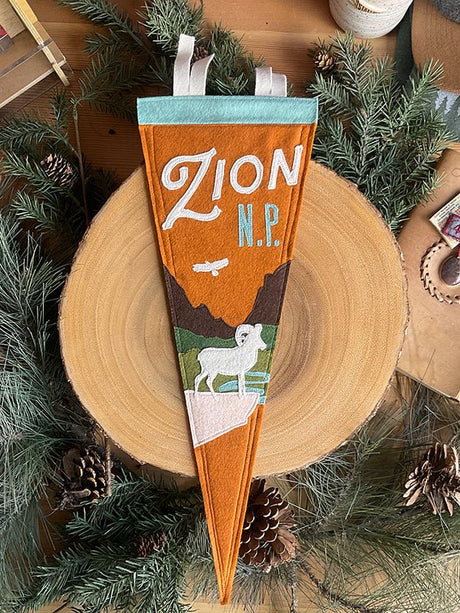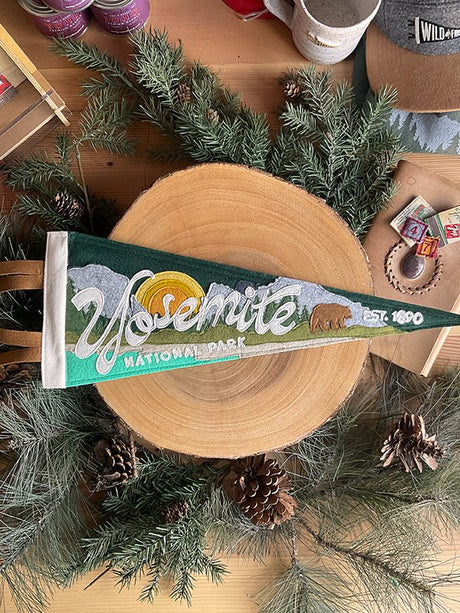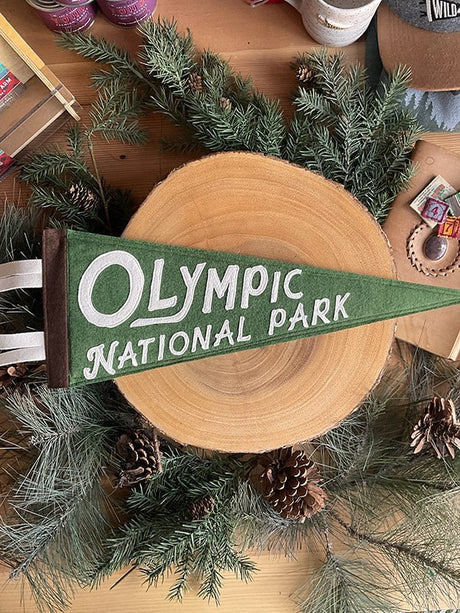June is a fantastic month for stargazing in America’s National Parks. With warmer temperatures and clear skies, it's the perfect time to explore the night sky. Whether you’re an experienced astronomer or just curious about the stars, this guide will help you make the most of your stargazing adventure.
Why June is Ideal for Stargazing
- Longer Days, Warmer Nights: June offers comfortable temperatures for nighttime outings.
- Clear Skies: Typically, June brings clear skies, providing excellent visibility for stargazing.
- Celestial Events: June often features exciting celestial events, such as meteor showers and planetary alignments.
Essential Tips for a Memorable Stargazing Experience

- Plan Around the Moon Phases: A new moon or a thin crescent moon provides the darkest skies. In June 2024, the new moon falls on June 6, offering ideal stargazing conditions.
- Optimal Viewing Times: The best stargazing occurs a few hours after sunset or before sunrise when the sky is darkest. Arrive early to settle in and let your eyes adjust to the darkness.
- Choose the Right Location: Find a spot away from artificial lights. Many national parks have designated stargazing areas known for their dark skies.
-
Gear Up:
- Red Flashlight: Helps you navigate without disrupting your night vision.
- Star Map or App: Useful for identifying constellations and planets.
- Comfort Items: Bring a blanket, reclining chair, and warm clothing as temperatures can drop at night.
- Respect Nature: Follow Leave No Trace principles. Avoid disturbing wildlife and other visitors, and ensure you pack out all trash.
Stargazing Without a Telescope

You don’t need a telescope to enjoy stargazing. Here are some tips for making the most of the night sky with just your eyes:
- Learn the Constellations: Familiarize yourself with the major constellations visible in June, such as the Summer Triangle (Vega, Deneb, and Altair), Scorpius, and Sagittarius.
- Watch for Planets: In June, you can often see bright planets like Jupiter and Saturn. Look for their steady light, unlike the twinkling of stars.
- Meteor Showers: June often features meteor showers. Find a dark spot, lie back, and watch for shooting stars.
- Use Binoculars: If you have binoculars, they can enhance your stargazing experience by providing a closer look at the moon’s craters and some of the brighter star clusters.
Enhancing Your Stargazing Adventure

- Photography: Capture the beauty of the night sky with a camera on a tripod. Use long exposure settings to photograph stars and celestial events.
- Storytelling: Share myths and legends associated with constellations. It adds a magical touch to your stargazing experience.
- Journaling: Keep a stargazing journal to record your observations, thoughts, and sketches of what you see.
Family-Friendly Stargazing
- Interactive Learning: Turn stargazing into a learning adventure for kids by using star maps or apps to identify constellations and planets.
- Comfort and Snacks: Make the experience enjoyable with cozy blankets and snacks. Hot cocoa or warm drinks can add to the fun.
- Patience and Imagination: Encourage kids to use their imagination and patience while watching the night sky. Turn it into a game to spot the most stars or constellations.
Safety Considerations
- Stay on Trails: If you’re exploring unfamiliar areas in the dark, stay on marked trails to avoid getting lost.
- Be Aware of Wildlife: Keep an eye out for nocturnal animals and respect their space.
- Bring a First Aid Kit: Have a basic first aid kit handy in case of minor injuries.
- Tell Someone Your Plans: Let a friend or family member know your stargazing location and expected return time.
June offers a magical time to explore the night skies in America's National Parks. Whether you’re a seasoned astronomer or a curious beginner, the awe-inspiring views and serene environments promise a memorable stargazing experience. So grab your gear, find a dark spot, and let the wonders of the universe unfold above you.










